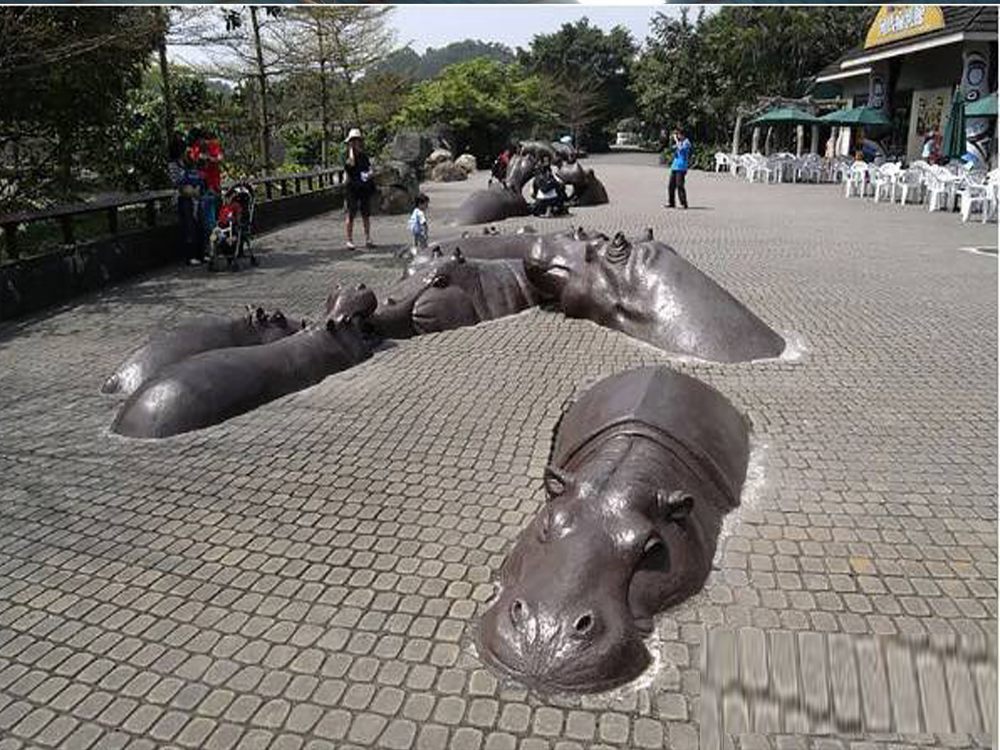
Creating a sense of rhythm in asymmetrical stone compositions is a delicate art that balances chaos and harmony. Artists employ several techniques to guide the viewer’s eye and evoke movement. One method involves dynamic balance, where uneven stone placements are counterweighted by visual or physical density. For example, a larger, heavier stone on one side might be balanced by smaller, intricately carved stones on the other, creating a natural flow.
Negative space plays a crucial role, allowing gaps between stones to act as pauses, much like musical rests in a melody. This intentional spacing prevents visual clutter and enhances the composition’s rhythm. Organic flow is another key element; artists often mimic natural patterns, such as cascading water or wind-swept dunes, to infuse lifelike motion into static stone.
Texture and repetition also contribute. Varied surface finishes—rough, polished, or carved—create tactile contrasts that guide attention rhythmically. Repeated shapes or motifs, even in asymmetrical arrangements, establish a subconscious cadence. By mastering these techniques, artists transform rigid stone into dynamic, rhythmic masterpieces that captivate and inspire.

